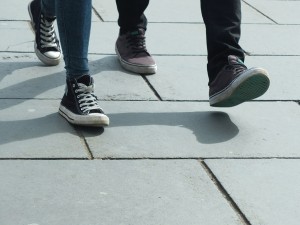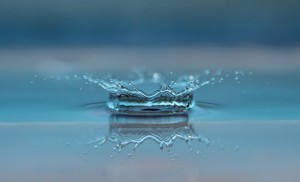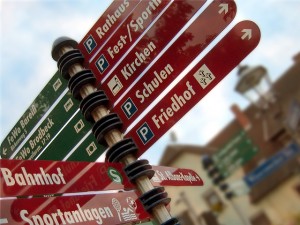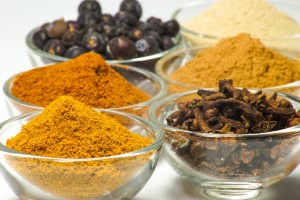Dining Out Guide for the Health Conscious Eater
Here’s food for thought! Did you know the average restaurant meal has over 1,000 calories? That’s enough to blow any healthy eating plan. Fortunately, by following a few simple guidelines, you can dine out without having to sacrifice good taste and nutrition.
Tips for Eating Out on a Diet
- Avoid ordering an appetizer. It’s a little known fact that some appetizers have more calories and fat than the main course. Plus, many appetizers are fried and served with heavy sauces which will add to your intake of saturated fat as well as trans-fats and calories. It’s not a healthy way to start your meal.
- Say “yes” to salad. This is one of the best tips for eating out on a diet. Salad is a healthy eater’s best friend. Not only will it fill you up so you’ll consume fewer calories overall, but it will also give you a hefty dose of antioxidants which are heart healthy. Be sure to ask your waitress to hold the croutons and cheese which will further reduce your caloric load. Also, choose your dressing wisely. Avoid cream based dressings and go for the vinegar based ones. You also have the option of using vinegar and olive oil which is heart healthy.
- Make the right entree selection. Go for broiled and grilled rather than fried. Not only will you save calories and fat grams, you’ll also avoid trans-fats which are so prevalent in fried foods. Instead, consider asking for a doubles order of vegetables with your entree. Very few Americans are getting the 7-9 servings of fruits and vegetables recommended for optimal health. Plus, by avoiding the starch, you’ll be reducing your caloric and carbohydrate load. Also, stick to tomato based sauces rather than cream based and you’ll enjoy a considerable calorie savings. And one of the best tips for eating out on a diet: Lastly, ask for the sauce to be served in a separate dish on the side so you can control the amount you eat.
- Think about what you’re drinking with your meal. By not ordering an alcoholic beverage, you’ve saved yourself a considerable number of calories. Try sipping iced tea sweetened with a non-caloric sweetener, a diet soft drink, or water with lemon. You’ll be glad you did when you consider the calorie savings.
- Indulge your sweet tooth wisely. Many of the chain restaurants now offer a low fat or low carbohydrate dessert selection such as a low carb cheesecake. These are wise choices for the health conscious eater and still allow you to end the meal on a sweet note. If a healthy dessert option isn’t available, try a cup of coffee with skim milk to help satiate your desire for something sweet. Another good tips for eating out on a diet.
- Learn to control your portions. Many restaurants are serving larger quantities of food than in the past. If this is the case, put aside a portion of your entree at the beginning of the meal to take home with you. If you remove it from your plate before you start eating, you’ll be less tempted to overindulge.
By following these steps, you can make your dining experiences not only healthy, but enjoyable. Your heart will thank you! Just remember these tips for eating out on a diet.
Serious about losing weight? So am I. Find out how I lost 40 lbs.: http://bit.ly/1rLhW2c




 Small movements will add up over time to lots of calories. The trick is to keep moving throughout your day. Write the word ‘move’ on post-it notes and put them in places you’ll notice them when you’re sitting still. Then, take every opportunity to move – here’s some ideas for burning extra calories:
Small movements will add up over time to lots of calories. The trick is to keep moving throughout your day. Write the word ‘move’ on post-it notes and put them in places you’ll notice them when you’re sitting still. Then, take every opportunity to move – here’s some ideas for burning extra calories:



